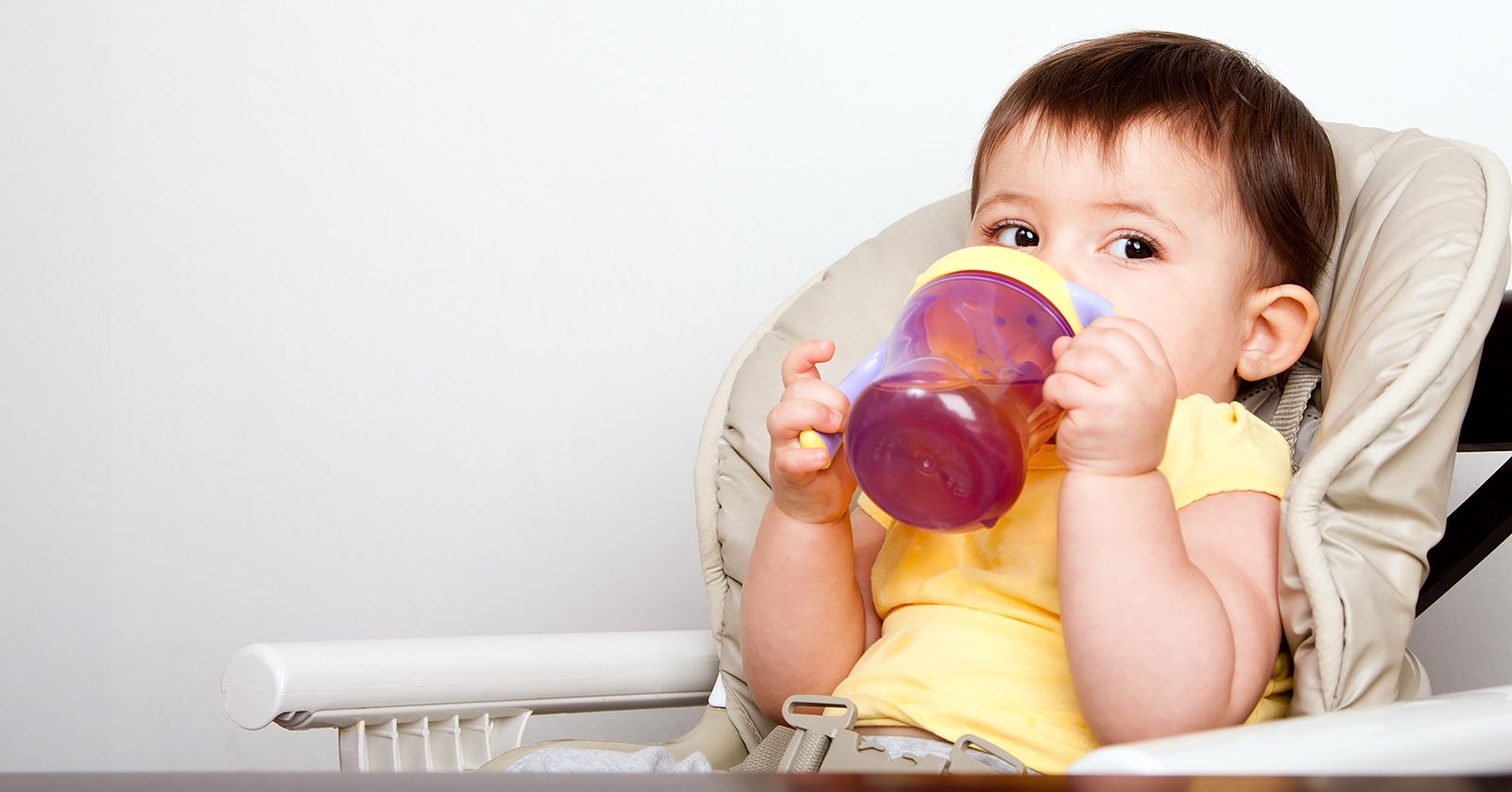
Children who began drinking fruit juice before age 6 months were more likely than children introduced to fruit juice after age 12 months to have higher blood pressure and other signs of cardiac risk at ages 8 to 10 years old, suggests a study by researchers at the National Institutes of Health (NIH) and other institutions. The authors called for additional research on how fruit juices and other sugar-containing beverages may affect children’s cardiovascular risk.
The study was conducted by Priscilla Clayton, Ph.D., and Edwina Yeung Ph.D., of NIH’s Eunice Kennedy Shriver National Institute of Child Health and Human Development and their colleagues. It appears in The Journal of Nutrition.
Background
Cardiovascular disease is the leading cause of death in the United States. Markers of heart disease often first appear in childhood, and research suggests that beverages containing sugar, such as fruit juice and beverages with added sugar, could contribute to cardiovascular disease risk. Although 100% fruit juices contain vitamins, minerals and antioxidants, their overall sugar content and the types of sugars they contain is similar to beverages sweetened with sugar. Unlike whole fruit, 100% fruit juice is also low in fiber. In 2017, the American Academy of Pediatrics recommended that parents wait until after their child is 12 months of age before introducing fruit juice. Previously, parents were advised not to give their children juice before 6 months of age. However, many parents give fruit juice to children younger than 6 months of age.
Results
For the current study, researchers analyzed data from the Upstate KIDS study, which enrolled more than 5,000 mothers and more than 6,000 infants. Parents reported their children’s juice consumption on questionnaires when the children were 4, 8, 12, and 18 months old. The study authors classified juice introduction as occurring before 6 months, between 6 and less than 12 months, and 12 months and older. The authors compared age of juice introduction to the children’s cardiovascular health records, which were taken during middle childhood, when the children were from 8 to 10 years old.
Roughly 18% of the children were introduced to juice before they were 6 months old, 52% between 6 and less than 12 months, and 30% at 12 months and older.
Children given juice before 6 months had an average systolic blood pressure reading that was 3.13 millimeters of mercury (mmHg) higher than the systolic blood pressure reading of children who first received juice at 12 months and older. Compared to children introduced to juice at 12 months and older, children first given juice before 6 months also had a faster heart rate, and higher arterial pressure (the average pressure in a person’s arteries from one heartbeat to the next).
Children introduced to juice between 6 and less than 12 months also had a heart rate that was 3.21 beats per minute faster than that of children first given juice at 12 months and older. However, the two groups did not differ significantly in blood pressure measures.
Significance
The authors concluded that introducing children to juice before 6 months of age was associated with higher systolic pressure, heart rate, and mean arterial pressure in middle childhood, all indicators of increased cardiovascular risk.
Next Steps
The authors called for future research on how different types of sugar-containing beverages, such as 100% fruit juice and juice with added sugars, may influence childhood cardiovascular risk factors. They also called for research on how age at juice introduction may interact with dietary preferences to influence cardiovascular risk.
Reference
Clayton, PK, et al. Age of juice introduction and cardiometabolic outcomes in middle childhood. The Journal of Nutrition. 2024. https://doi.org/10.1016/j.tjnut.2024.06.014 .

 BACK TO TOP
BACK TO TOP